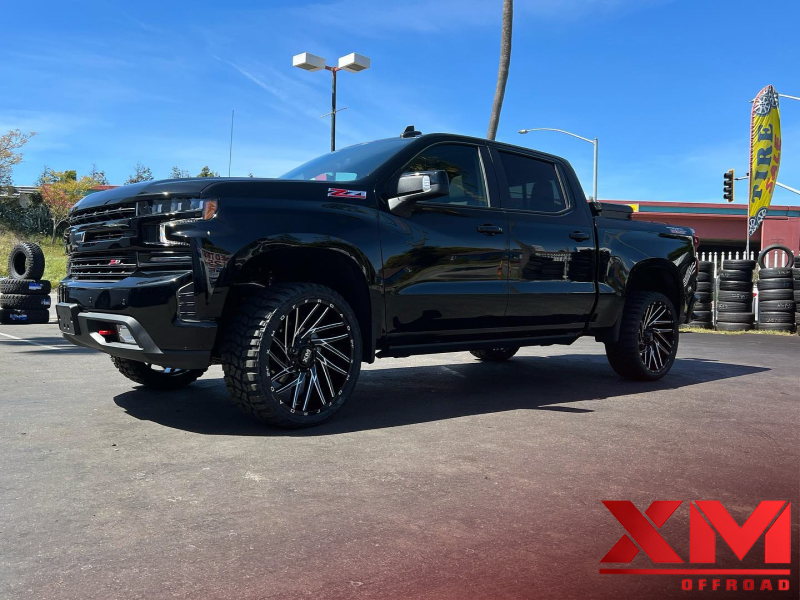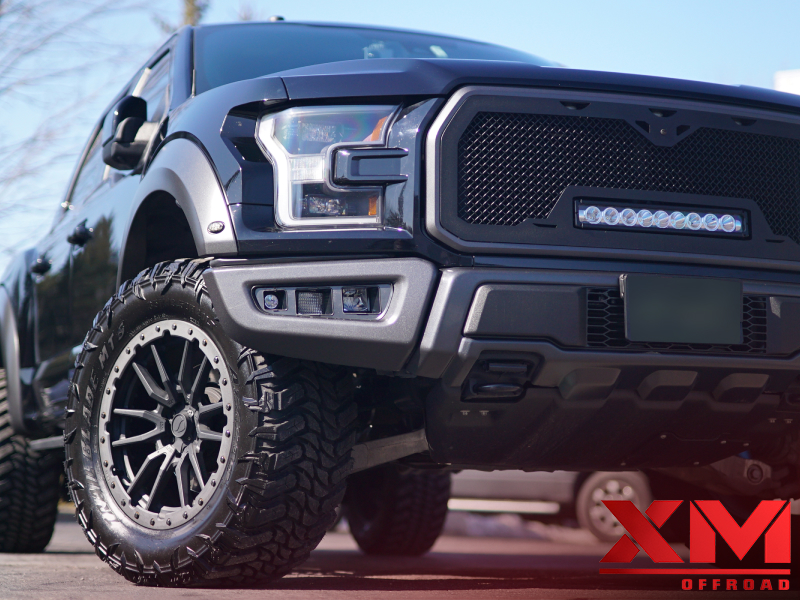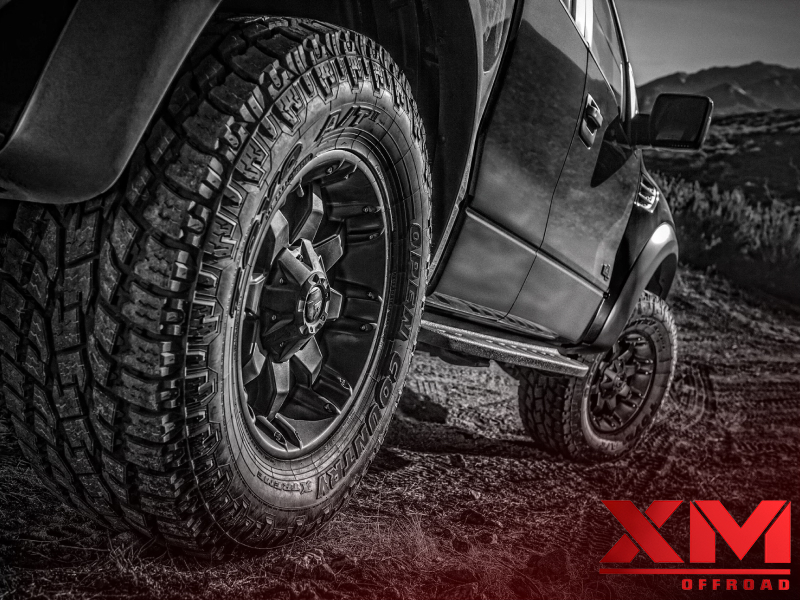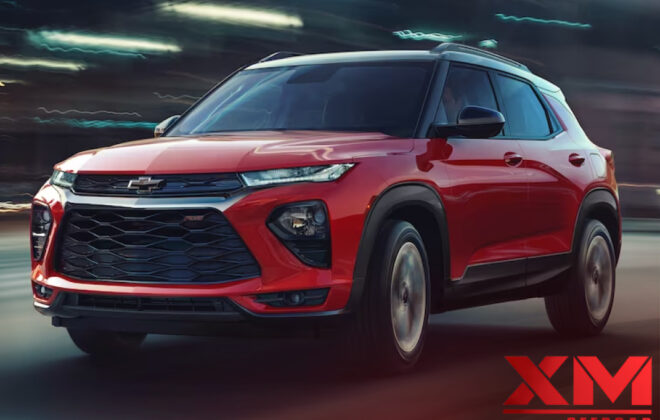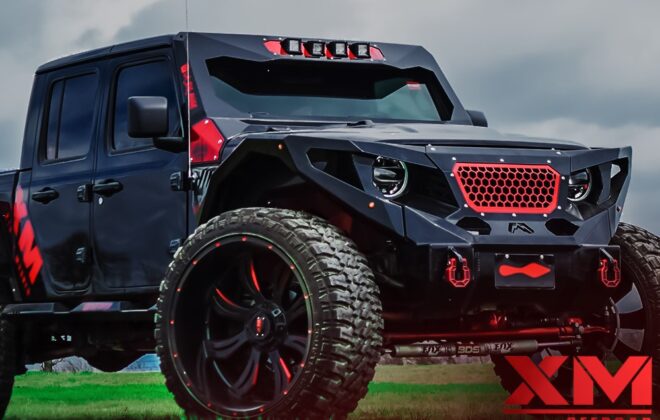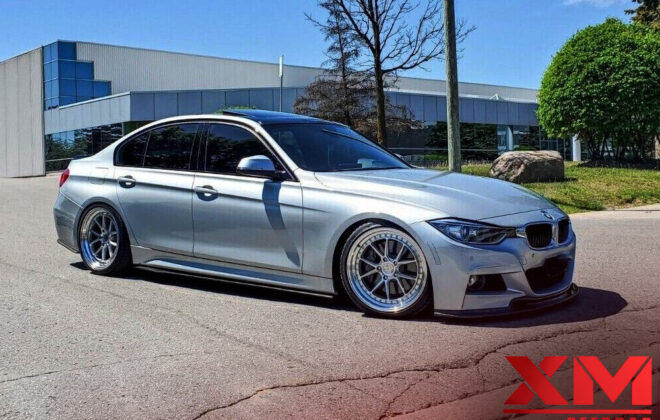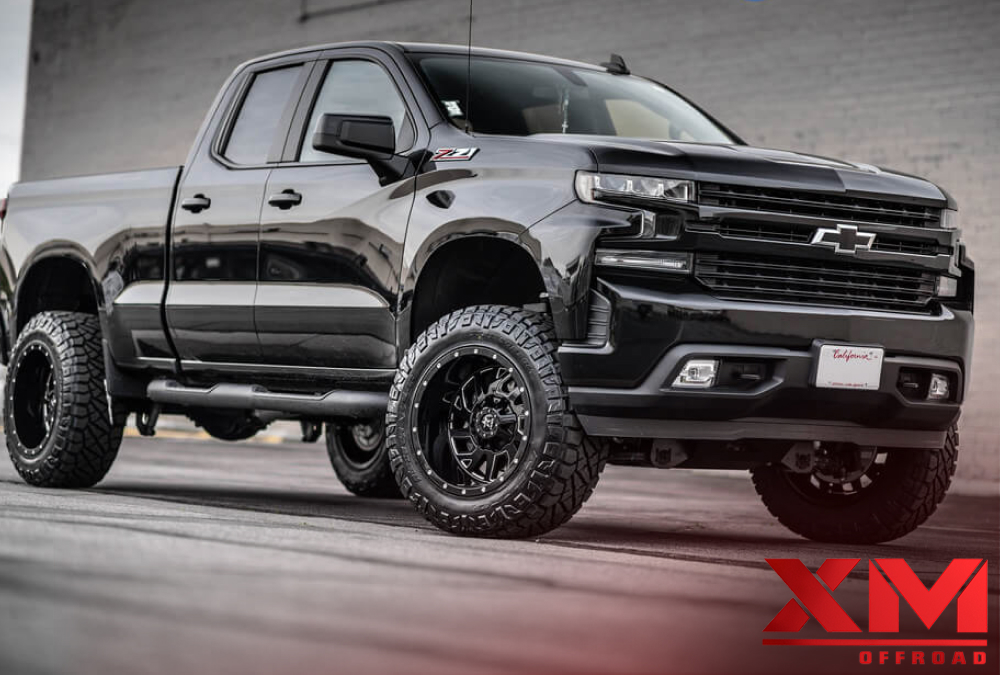
What Do You Know About the Pros and Cons of Bigger Truck Wheels?
Upgrading your truck wheels size can improve traction and add an eye-catching style. However, larger tires and rims can also reduce fuel efficiency.
Larger tires increase the pressure frequency on the ground, improving traction in rugged terrain. But installing them can raise the height of a vehicle and require a lift kit to keep the wheels clear of the ground.
Increased Style
Bigger tires and rims can be a fantastic way to customize your vehicle. They give it a sportier look that many car enthusiasts like. Bigger wheels also provide better traction for driving on rough terrain. This is particularly helpful when off-roading. Changing to bigger wheels also raises your truck’s height, which makes it less likely to collide with obstacles under the chassis. This can protect your truck from damage that may be costly to repair.
However, installing larger rims comes with some drawbacks. For one, the tires have a larger contact surface with the road, which reduces fuel efficiency. They are also heavier, which means that they require more force to accelerate compared to the stock setup. The increased weight also makes your steering system work harder, which can negatively impact handling.
Another negative is that large tires can wear faster. This is due to the extra rubber that makes contact with the ground, causing more stress on the tire’s sidewall. The tires may also rub against your wheel wells or body panel, which can cause them to wear down more quickly.
While larger tires benefit off-roading, they can be hazardous if you drive through flooded roads. If the water is deep enough, your tires may get stuck in it, damaging your vehicle and leading to loss of control. This is why installing a raise kit when you install bigger tires is essential.
Increased Ground Clearance
A big reason people choose to install larger wheels on their trucks is to increase ground clearance. This feature is essential for off-roading, allowing you to traverse rugged terrain more easily. It also protects your under-chassis from rocks, debris, and other obstacles that could damage your vehicle. Many truck owners find that an inch or two of extra clearance is enough to make a difference, while serious off-roaders recommend three-plus inches.
In addition to increased ground clearance, larger tires have increased surface area, improving traction. This is especially true in wet conditions, as the deeper tread patterns help to channel water away from your tires.
The bigger tires and wheels also add weight to your vehicle, decreasing acceleration power. This can be frustrating for drivers who enjoy a fast, responsive ride. The additional weight can also throw off the software for your vehicle’s stability and traction control systems, affecting their ability to respond quickly and efficiently.
Finally, larger truck tires may require a tire lift kit or wheel spacers to be appropriately installed on your vehicle. These modifications can be expensive, and they can also alter your vehicle’s ride quality.
Increased Traction
When paired with larger tires, 26 inch truck rims increase the amount of rubber that makes contact with the ground. This increased traction allows your truck or SUV to tackle rough terrain more quickly, giving you the confidence and control to drive over obstacles without worrying about damage.
Bigger tires are also more likely to be able to handle wet surfaces. This is because they typically have deeper tread patterns, which help to scatter water more effectively and reduce the risk of hydroplaning. As a result, you’ll have an easier time driving through rain and muddy conditions.
However, there is one downside to this increased traction: it can make your vehicle’s handling feel different. This is because the bigger wheels and tires will weigh more than your stock set-up, which can cause your engine to work harder to get up to speed. The added weight can also affect your fuel economy, requiring more gas to move the extra mass around.
Moreover, you may notice that your steering feels heavier than before you installed your new wheels. The increased traction means that your tires will have more of an impact on how your car turns, which can lead to a less responsive feel when you turn the wheel. It can also cause the front of your vehicle to lean or pull in specific directions, which can be frustrating when driving on a winding road.
Increased Fuel Economy
Increasing the size of your tires means your truck will have a larger surface area in contact with the road. This extra grip helps with vehicle acceleration and braking. However, the extra weight of the bigger wheels also adds to a vehicle’s overall mass. As a result, the engine will need to work harder to keep it moving. This can lead to reduced fuel efficiency. If you seek even more impactful and practical details, consider contacting XM Off road rims.
The bigger tires will likely have a deeper tread pattern to channel water away from the tire, decreasing the chances of hydroplaning. In addition, they will be able better to withstand the pressure of deep-standing water or flooded roads. However, due to this added surface area, the more prominent tires will increase the friction between the tire and the road. This can cause the tires and wheels to wear out faster, especially in the sidewall areas.
The increased traction of larger tires makes them better for handling, particularly in a sportier environment. This is because they have less “give” than your stock tires, meaning you’ll reach max traction before the tires slip. However, this can lead to an uncomfortable ride if you are not used to it.
Conclusion
Bigger wheels are an excellent modification for off-roading, but they’re not all that they’re cracked up to be when it comes to fuel efficiency and handling. Engineering Explained and Car Throttle explain that your truck will need more power to keep its larger wheels and tires moving, resulting in decreased fuel economy. This can also strain the brakes, making them wear out faster. Switching to a new tire size could also throw off your speedometer’s calibration and require you to recalibrate it.
Read Also: Experience the Thrilling Speed and Power – 5 Fast and Furious Shelby Trucks
FAQs
Q1) What are the advantages of bigger truck wheels?
Bigger truck wheels offer several advantages, including improved ground clearance and off-road capabilities. With larger wheels, trucks can navigate rough terrains, such as rocks and potholes, more efficiently. Additionally, bigger wheels can provide a more commanding presence on the road, adding to the truck’s aesthetic appeal.
Q2) Do bigger truck wheels improve performance?
Yes, bigger truck wheels can improve performance in certain aspects. Larger wheels can enhance traction, especially in off-road conditions, allowing the truck to grip the terrain better. This can be particularly beneficial for trucks used for activities like rock crawling or mudding. Moreover, bigger wheels can improve braking performance by providing larger contact patches with the road surface.
Q3) Are there any drawbacks to installing bigger truck wheels?
While bigger truck wheels offer advantages, they also have some drawbacks. One significant drawback is the potential negative impact on ride quality. Larger wheels often have shorter sidewalls, so there is less tire cushion to absorb bumps and vibrations. This can result in a stiffer and less comfortable ride, especially on uneven surfaces or rough roads.
Q4) Do bigger truck wheels affect fuel efficiency?
Yes, installing larger truck wheels can have a negative impact on fuel efficiency. Bigger wheels and tires are generally heavier, requiring more energy to rotate. This increased rotational mass can lead to decreased fuel efficiency, as the engine needs to work harder to move the truck. Additionally, larger wheels often create more aerodynamic drag, decreasing fuel economy.
Q5) Can bigger truck wheels affect the truck’s suspension and drivetrain?
Yes, bigger truck wheels can affect the suspension and drivetrain components. The larger size and weight of the wheels can put additional stress on the suspension system, potentially leading to accelerated wear and tear. Moreover, the change in wheel size may affect the truck’s gearing and overall drivetrain performance, which can result in reduced torque and acceleration.

